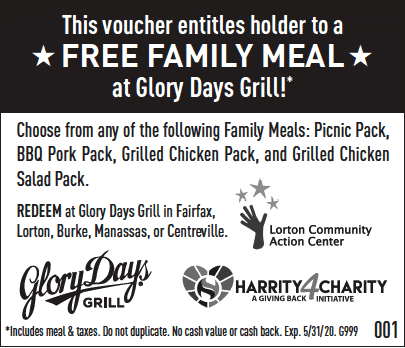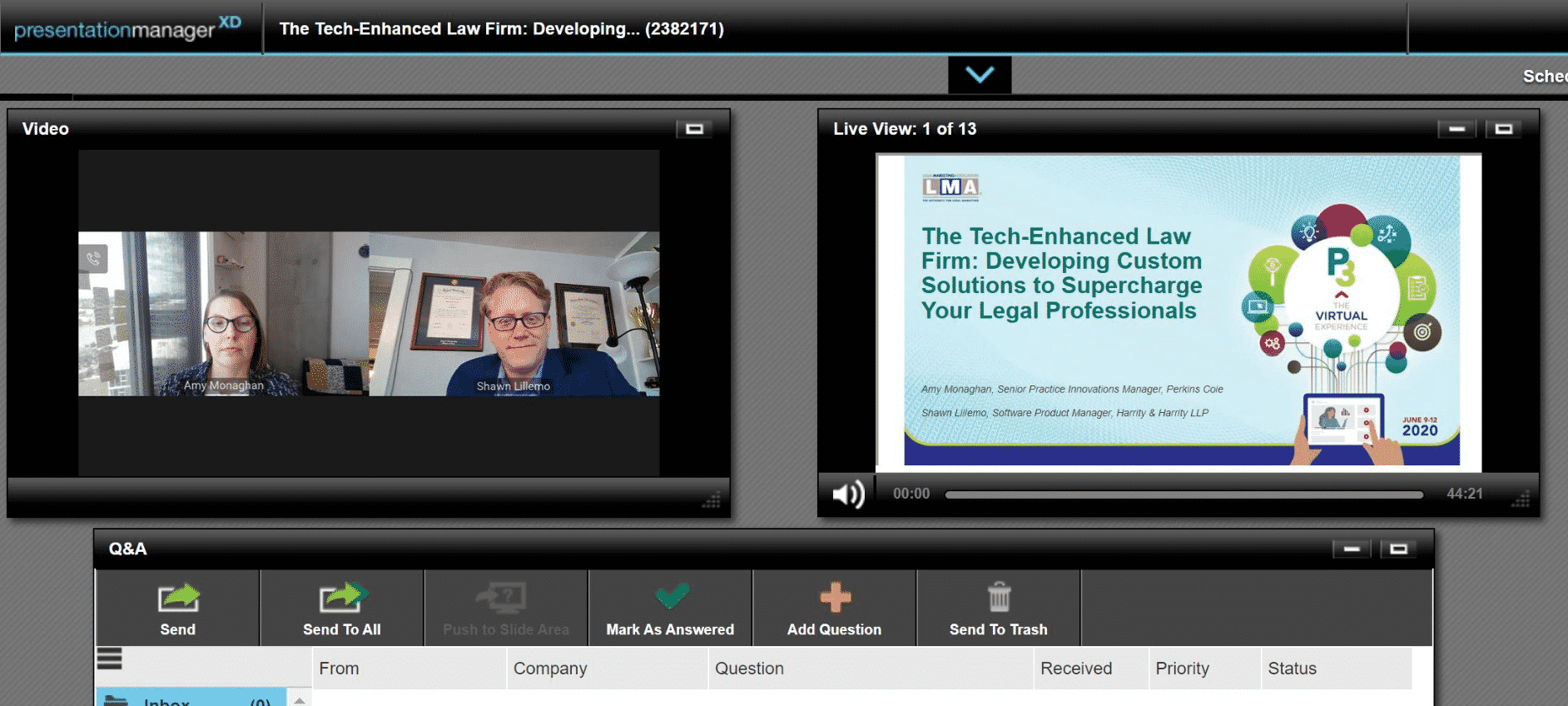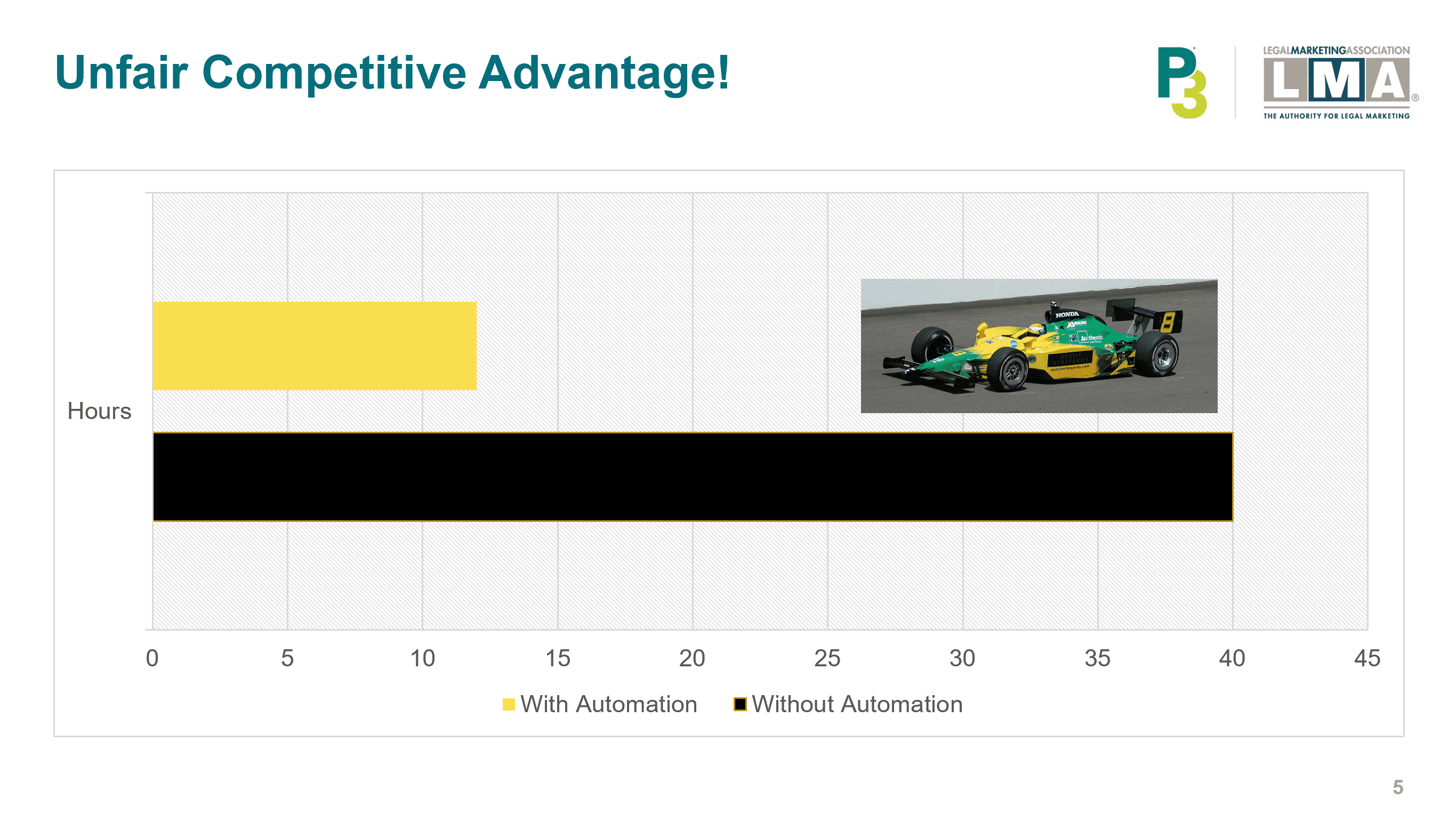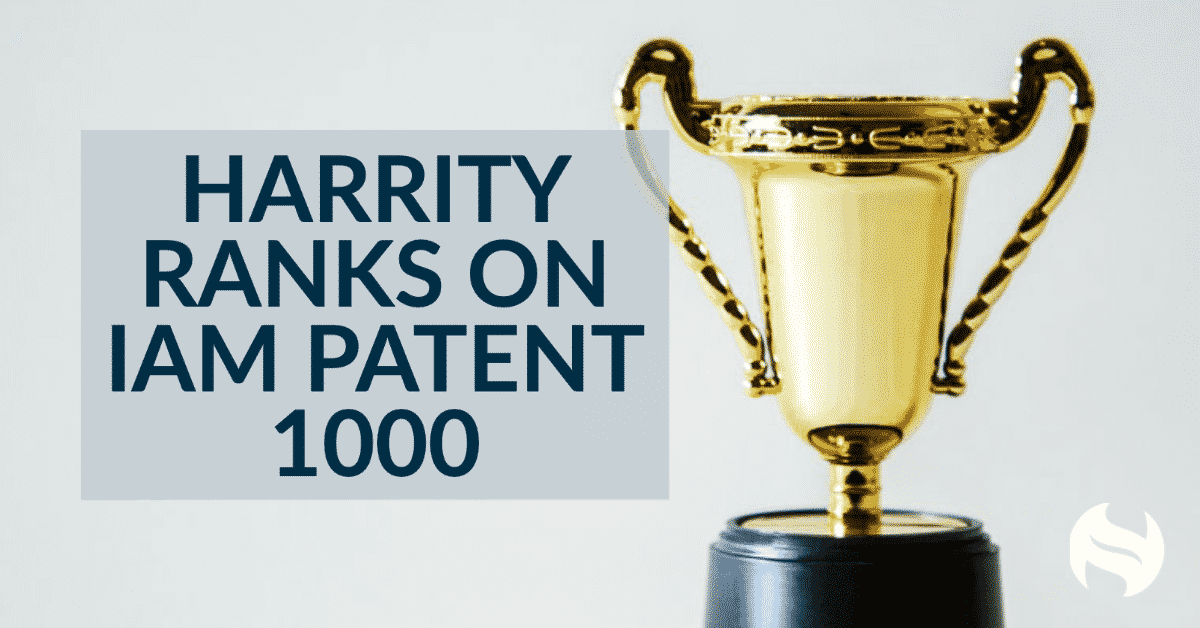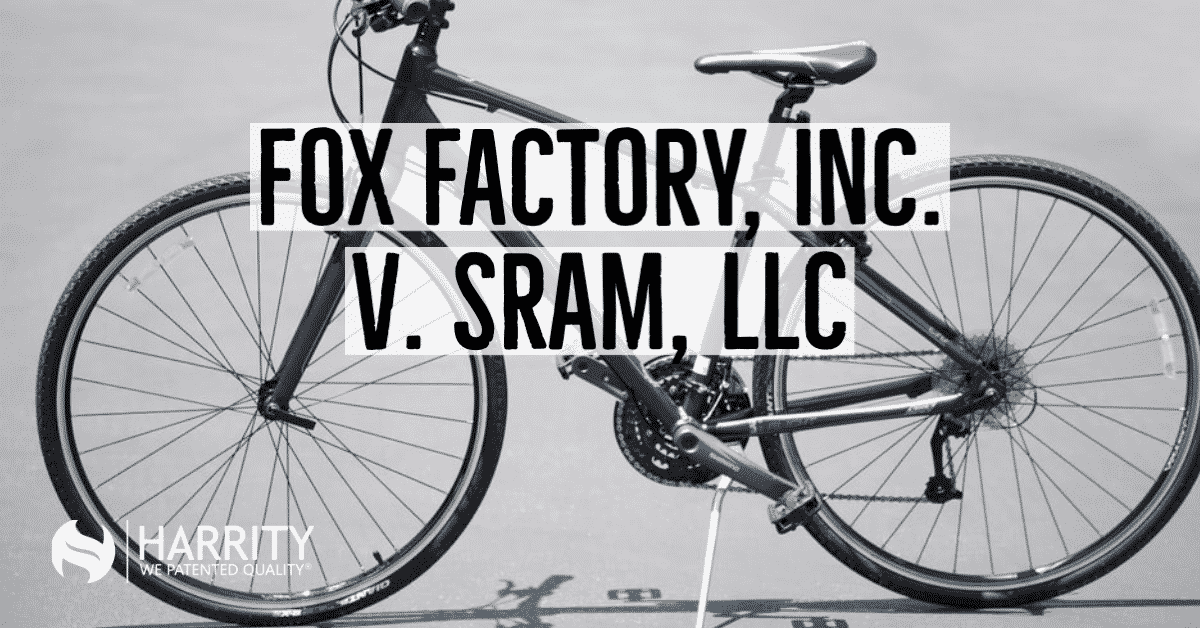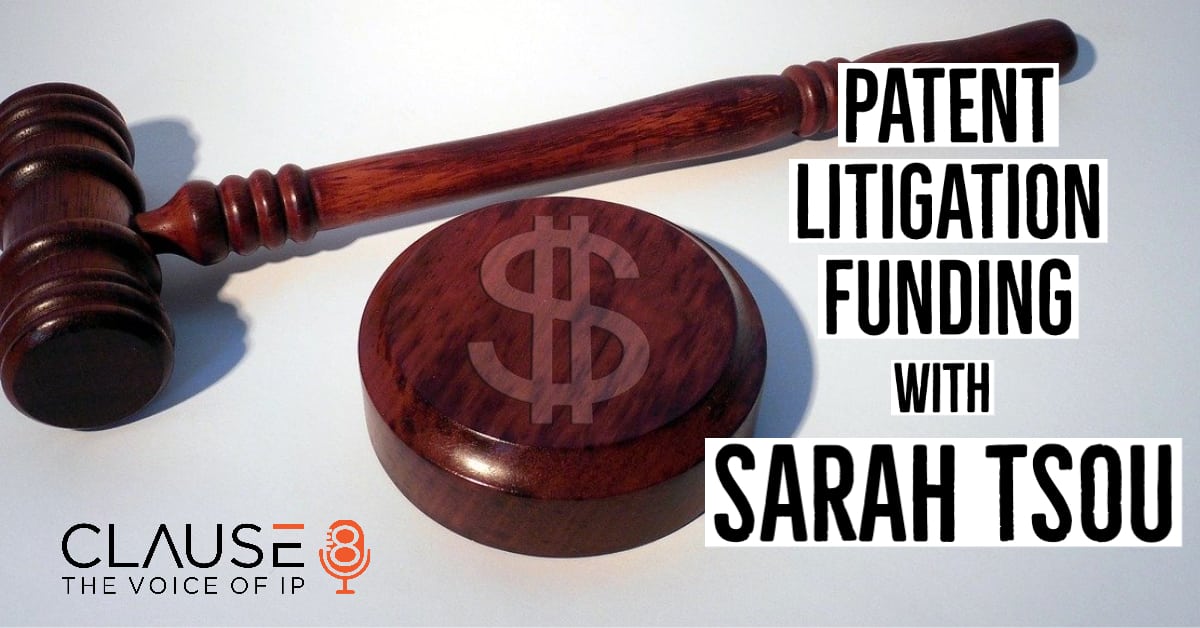Harrity Continues to Provide Hope Through COVID-19 Relief
In response to the Coronavirus crisis, Harrity 4 Charity—the giving-back initiative of Harrity & Harrity, LLP—has re-designated its priorities to assist people impacted by COVID-19 by creating a fund specifically focused on relief efforts. The fund is used to issue one grant or more per month to struggling restaurants across the country, who then provide thousands of dollars’ worth of redeemable meal vouchers to local food banks and community resource centers where they are distributed to families in need. The firm also selects individuals and families nominated for help by firm employees and associates and provides them with emergency financial relief to offset the virus’s impact, with plans to continue the program through the end of 2020.
“We all know people who are struggling tremendously,” says John Harrity, managing partner of Harrity & Harrity, “but when you hear the personal stories of what people are going through in every community in the country, it’s heart-wrenching. A freshly prepared meal is more than sustenance, it’s a very basic, down-home way to communicate that we care. And we are doing it in a way that also supports restaurant owners and staff whose businesses have been hit by this virus in those same communities.”
The first region to experience Harrity’s generosity was in their own backyard, in Fairfax County, Va, during the month of May. The firm has since expanded the program to offer the same help in other states, specifically in areas that are most vulnerable to economic devastation as a result of the pandemic.
Says Annie, a single grandmother raising her four grandsons, ages 14, 13, 11 and 2, “I never thought I’d have to go to a food bank ever in my life. I don’t like going, but for my grandsons I go, though not every week. If I don’t need it, I don’t go. I am grateful, but I don’t want to be greedy.”
Forced to accept a pay cut in 2017—when an injury sidelined her as an inspector for the housing authority and forced her to take a position as an administrative assistant—Annie has struggled to support her grandchildren and to put dinner on the table. The COVID-19 pandemic created the added burden of assisting with home schooling the kids, three of whom have learning disabilities.
“In the state of Virginia, they won’t give me food stamps,” she shares. “They say I make too much money. Really, with four children? And there’s no stipend like there would be if they were in foster care. I take primary care of them financially and they are always outgrowing things. But I don’t regret having them. Yes, I get tired and frustrated … But not only did I save them, they saved me too.”
Annie says receiving the vouchers for a take-out family meal from Glory Days restaurant meant “a whole lot” to her. “When I have extra money, I do take the boys. Monday is $6.99 burger specials. They are very good people and I want them to feel like they are just as important, not less than anyone else.
“It was a blessing and I’m thankful … Just one day I didn’t have to worry about what I was going to cook because I‘m rushing out at six o’clock in the morning and maybe forget to take something out for dinner. The food was delicious and the kids enjoyed it, which really made my day.”
“I was never the kind of person who had to ask for help,” she adds, “but with having the kids, it has really humbled me tremendously. Things that were a big deal aren’t a big deal anymore. Sometimes we go through things for a reason, but it’s okay … I don’t mind telling my story because it needs to be told.”
In another part of Virginia, Elsa, a stay-at-home mom, and Jose, a carpenter, are the parents of four sons, ages 10-19. Both Jose and their youngest boy contracted the coronavirus. Although they were thankfully asymptomatic, Jose was furloughed from his job as a carpenter, leaving his family without income. They felt very fortunate to be able to get food on the table through the Lorton Community Action Center and especially when they, too, were given the vouchers for a meal at Glory Days.
“Now that I’m home from work, I can see how exhausting it is for my mom to take care of my brothers,” shares their son, Erik, 19, an apprentice studying to be an electrician, but who is also currently on hiatus due to the pandemic. “We had not left the house in a week when we received the vouchers and we were running low on food. We were just very thankful that we were able to eat and that Mom didn’t have to cook for us that day.”
For the month of June, the firm brought its COVID-19 relief program to the state of Alabama, where two food banks received grants to feed over 600 families. A new wave of recipients were selected for emergency financial relief and received checks. Some of their stories and more information about our initiatives can be found on our COVID-19 Relief Page.
About Harrity 4 Charity
Harrity 4 Charity represents a partnering of law firm Harrity & Harrity, LLP, with charities that are near and dear to our hearts. Harrity pledges to give five percent of profits to partner charities and all Harrity employees pledge to donate a portion of their paychecks. Harrity & Harrity is a patent preparation and prosecution firm specializing in the electrical and mechanical technology areas and is considered a Go-To Firm for the Patent 300™. Our clients have come to trust in our high-quality work, experienced people, industry leading innovation, and outstanding service. For more information, visit harrityllp.com.

